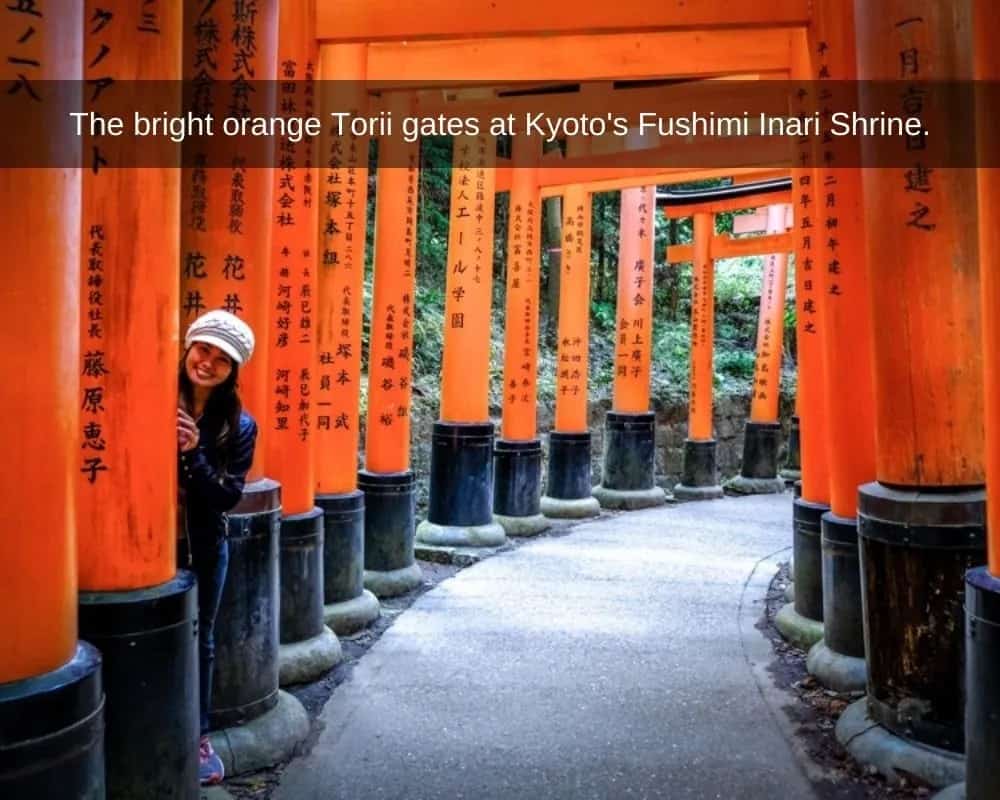Torii Gates
Kyoto’s Fushimi Inari Shrine is instantly recognizable by its bright orange torii gates. Torii gates are a hallmark of Shinto shrines, serving as distinctive entrances. On Japanese road maps, these shrines are symbolized by a small torii icon. The tradition of torii gates in Japan dates back to at least the mid-Heian period, with mentions in texts as early as 922. The oldest surviving stone torii gate, dating from the 12th century, can be found at the Hachiman Shrine in Yamagata prefecture. Wooden torii gates, such as the ribs torii, also hold a significant place in Japan’s cultural heritage.

The bright orange Torii gates at Kyoto’s Fushimi Inari Shrine are an iconic sight. Shinto shrines can easily be identified by the presence of a torii at the entrance. A small torii symbol on Japanese road maps represents these shrines. The tradition of torii gates in Japan has a long history, dating back to at least the mid-Heian period, as documented in texts from 922. The country’s oldest surviving stone torii gate, dating from the 12th century, stands at the Hachiman Shrine in Yamagata prefecture, showcasing the enduring cultural significance of these gates.
